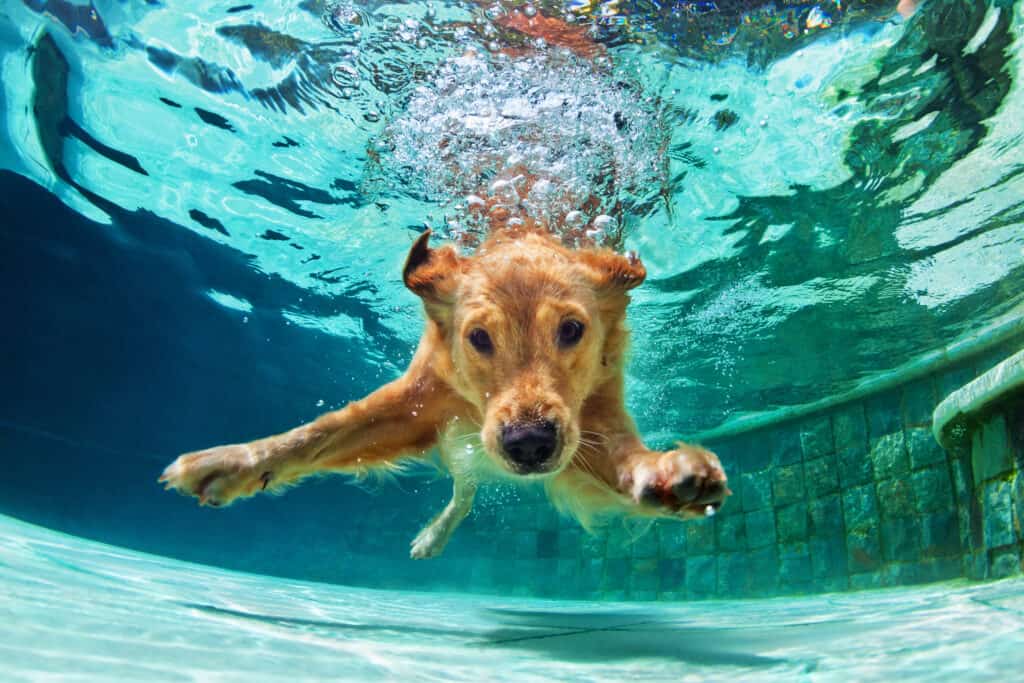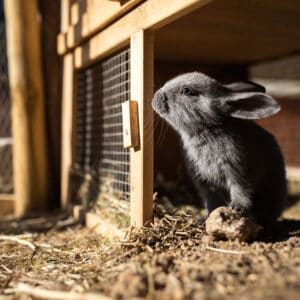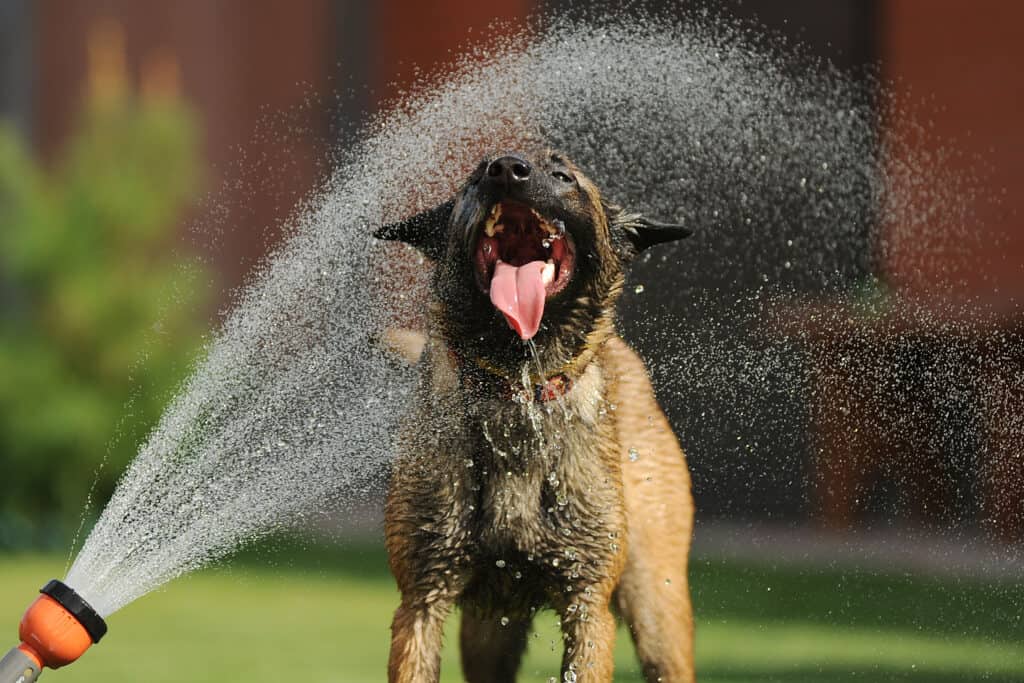
Free Delivery
On Orders Over £40
On Raw Orders Over £100

The British sunshine is slowly heading our way, so in preparation for hot weather we’re looking at how to keep your pets cool this summer! There are many simple things you can do to cool them down and help avoid any dangers such as heatstroke.
It might be tempting to look at blue skies and our wonderful British countryside and think it’s the perfect day to take your dog out for a long walk, but this can actually be quite dangerous for them. Dogs do not sweat like humans do, so they have to use other methods to try and cool down, most notably panting. This means that they can easily dehydrate. The safest action is to go for walkies either in the morning before the temperature climbs too high, or in the late evening after the sun has gone down. You should also try to avoid high-energy exercise such as games of fetch. While cats and small animals such as rabbits don’t require the same level of exercise as dogs, you should still encourage them to rest during the hottest parts of the day.
Most animals will instinctively seek out shaded areas if they are feeling too warm, but some younger animals or older ones with limited mobility may need assistance or encouragement. Always make sure they have somewhere to go. This applies to small animals too; it’s important that they have some shelter from the sunlight, but you should also bear in mind that plastic can heat up very quickly and retain those temperatures for quite a while. Shelters made from wood, cardboard or natural materials are safer places for your small furry friends to hide. Cats may be more difficult to contain, but try to keep them inside during the hottest hours if you can. Remember to keep your home well ventilated too.
Another reason to avoid taking pets out during the hottest times of the day is the temperature of pavements. Always check surfaces with the back of your hand before allowing your pet to walk on them – if it’s too hot for you, it’s too hot for them! One danger that is often overlooked is artificial grass; this gets much hotter than real grass and can cause burns. Signs of burned paws include limping, licking or chewing and blisters.
As well as shade, it’s beneficial to provide a cold surface for your pets to lie on too. Products such as cooling mats are great for this as they reduce body temperature slowly, rather than too fast which can cause shock to the body. They can be placed outside or even in your pet’s bed. Damp towels are also effective, either for them to lie on or to wrap around your pet, although it’s important to keep removing and reapplying throughout the day to prevent chills. For small animals, cold tiles placed in the shade inside their hutch, cage or run make a nice cold surface for them to sit on; just make sure they’re secured to avoid any injuries being caused from movement.


Fresh drinking water must be available at all times for our pets, but sometimes this alone isn’t enough to rehydrate and refresh them. You can try adding ice cubes to their water bowl to keep it cooler for longer. Frozen treats are a great way of cooling your dog down too; you can purchase ready made frozen yoghurts or pet friendly ice creams, or even make your own! Fill Kong toys with wet food, pâté, dog safe peanut butter (without Xylitol), banana, meat stock or cream cheese. Stick it in the freezer and then give it to your dog on a hot day. Not only will it keep them cool, it will also provide enrichment and act as a slow feeder. You can do the same thing with LickiMats!
It’s important to keep your pet clean and well groomed during the summer. Regular brushing of cats and dogs will remove any excess hair which could contribute to overheating. Of particular concern is the rear area and the fur around the tail; this goes for small animals too. Mucky or matted fur attracts flies which can ultimately result in flystrike, a potentially fatal condition where flies lay eggs on your pet. These eggs hatch into maggots which begin to eat the skin of the animal they are on. Check your pet’s fur regularly and thoroughly and make sure their housing/bedding is clean. Rabbits and other small animals are notably at risk from flystrike.

Sign up to get exclusive deals in your inbox.
We won't share your email address.